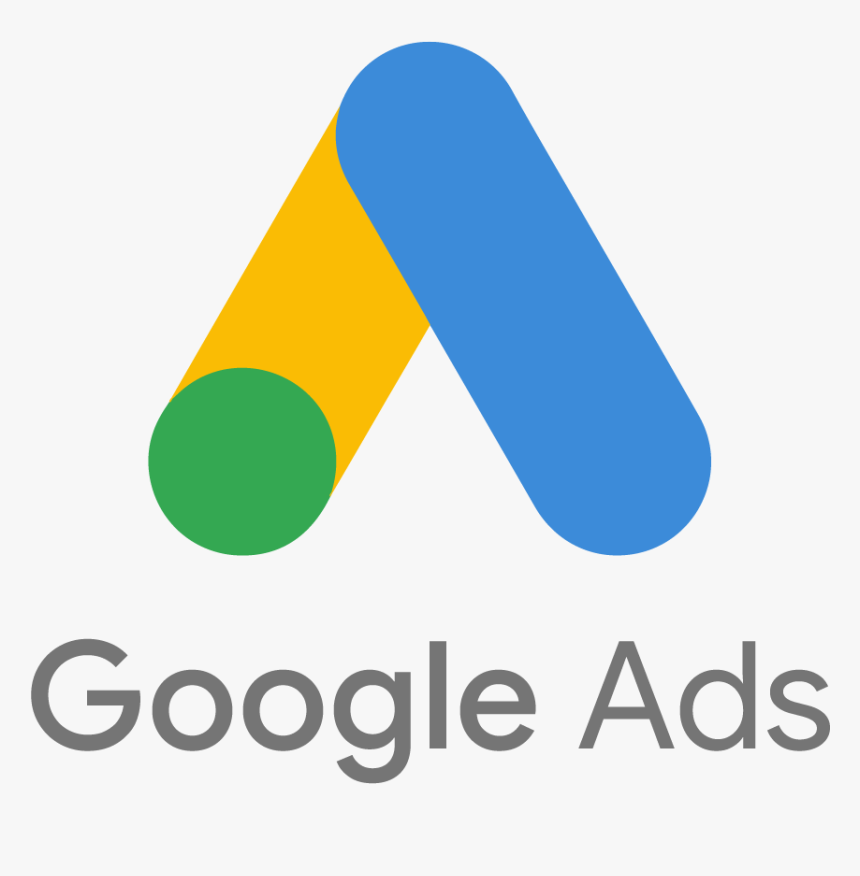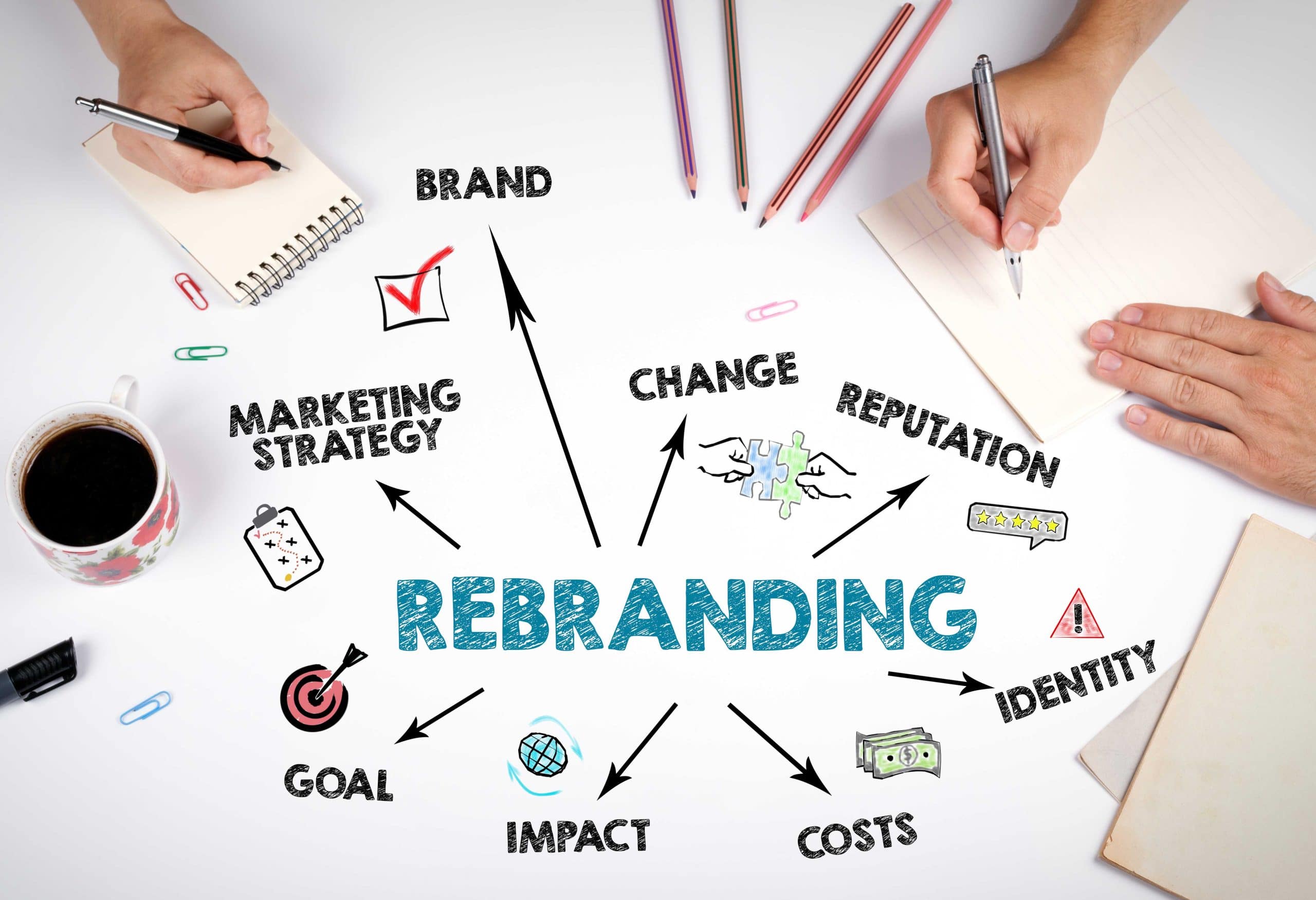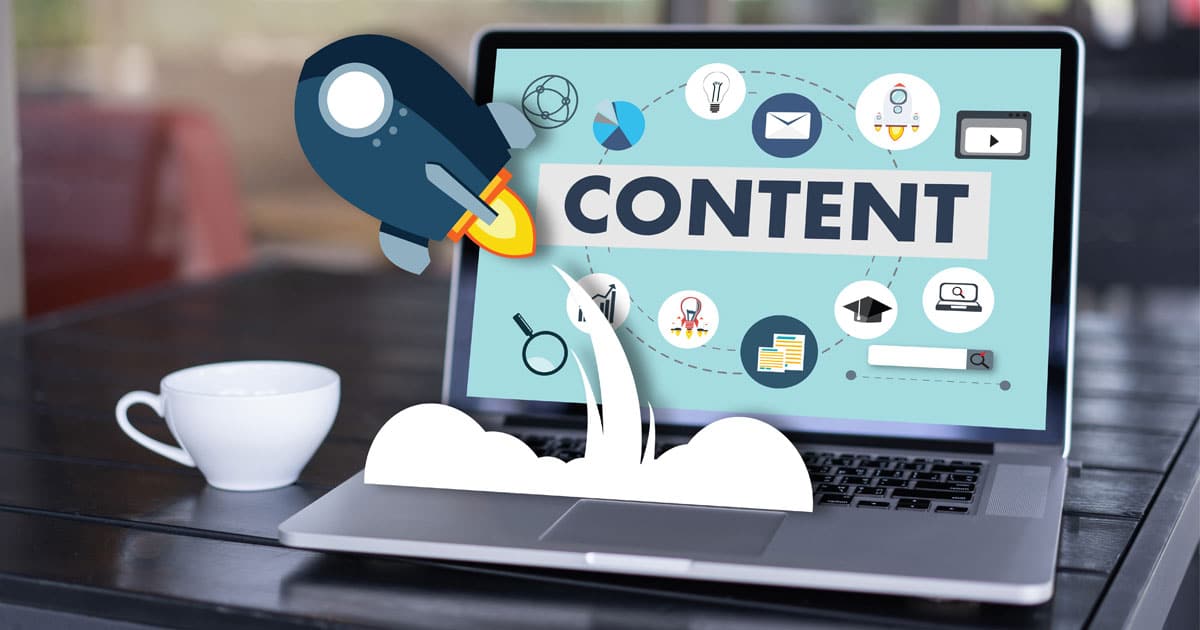
40,000 search queries occur every second on average, which translates to 3.5 billion searches per day. Incredible right? And this is just from Google alone. Think about how often you search using Google each day? These searches could be as simple as:
“What kind of oil does my 2012 Camaro take,” where multiple results appear, illustrating:
-
- Where you can purchase the oil
-
- Where you can get an oil change
-
- Videos illustrating how to change the oil
-
- Blogs sites that have forums about Camaro oil specifically
-
- Results showing what others asked in similar nature to your search
All this information is available on the first Google results page, which is incredible and very likely relevant to the viewer. However, if you’re a business that fits into the relevancy of this search, where do you fit in? The SEO game is constantly evolving and immediate results do not happen overnight. But wait, there is a solution. Google Ads. Yes, Google Ads can get your results to appear on the first page with all the other big players. Look at how Valvoline is utilizing this search:

While Google Ads is a “pay to play” service it is a very effective tool to help your business grow and meet your objectives, under your control. There are many reasons why Google Ads is a “must have” in your marketing plan, here is my Big 3.
Google Reach
As mentioned earlier, 3.5 billion searches happen worldwide per day. The power of information is at people’s fingertips and they want instant answers. You can take advantage of where people are, instead of pushing traditional ways of creating awareness and calls to action. Keep in mind, Google Ads don’t just offer search, it offers Display Advertising (ads on websites), YouTube (video ads on YouTube), and Shopping Network (product ads in Google’s Shopping tab). Ultimately, it’s about being there and you can be there in multiple ways. A good media mix is always a healthy approach to take when thinking about your objectives.
Targeting
The coolest aspect of Google Ads (sometimes creepy) is how effectively you can target people. Google, of course, knows your search history, where you have been and what you’re interested in. Even further, it knows demographic information. Targeting can go from being very broad to very granular, but usually you want the perfect combination of the two, which is a defined audience. Take our Camaro oil example, you can target in search based upon keywords to show an ad, like “Camaro oil.” You also can target by in-market intent, affinity attributes, and so on. These targeting buckets and can be defined to have a built audience within each. In our example, I could target “people who have shown interest in auto parts.” Targeting helps ensure that the ad dollars spent are reaching the relevant audience.
Control & Budget
Unlike traditional media buys, you can turn campaigns on and off as you please, let them run for any length of time and operate under any budget that you can afford. This provides you important control over your advertising. If something isn’t working you can just stop it in its tracks, even if the entire projected budget wasn’t spent. Google Ads allows for A/B testing, seeing what works and what does not. To take another step further, you can control bidding (as Google Ads is an auction system, but that’s a story for another time). Back to our oil example, we can opt to increase our base bidding % to websites we want to show up on more often, in this case maybe it’s on auto related sites that have shown to be performing well. Or, we notice that our business has higher website traffic and conversions between 2 pm and 7 pm. We can take this information, and up our bidding % during those times, and slightly decrease our bidding % outside of this window for optimization purposes and best ad spend. Control clearly provides the opportunity be as efficient as possible with getting the best bang for your buck, while helping to better target and increase likelihood of people purchasing your oil for their Camaro.
There you have it! Google Ads in a nutshell. Next time you are faced with questions regarding your marketing spend, ask yourself:
-
- Do Google Ads make sense for my business? Is there opportunity to better promote my products or services with the help of Google Ads?
-
- Where am I spending my marketing dollars currently and am I receiving sufficient ROI?
-
- Who is my ideal customer and am I reaching them efficiently by organic means versus my competitors?
The opportunity to hurdle organic search is there, along with following your target audience on websites, YouTube, and while they are shopping for a product you might sell. It’s all about “being there.” Force 5 can help you build a diverse digital strategy to help your business grow and be handled/executed by a Google Certified Professional, who happens to be the author of this blog. Contact us today to see how Force 5 can help!



